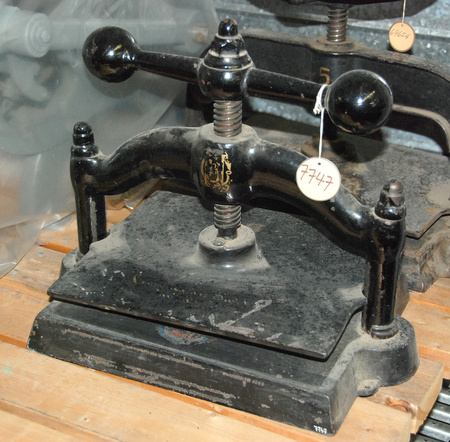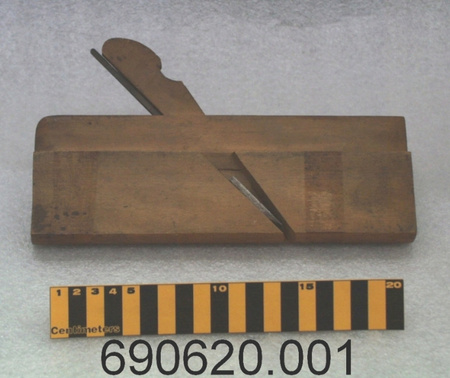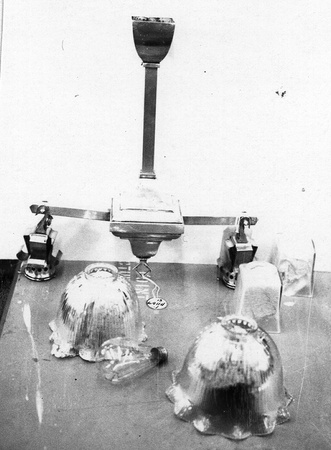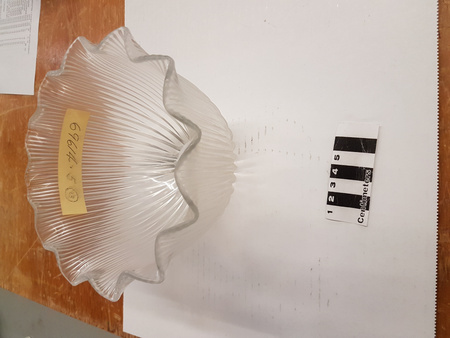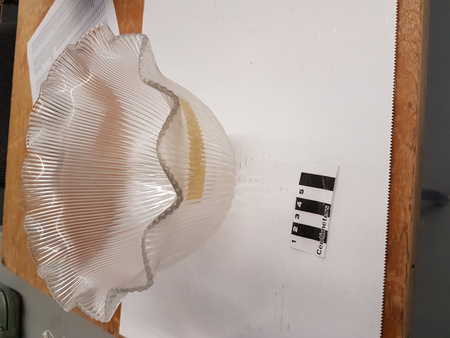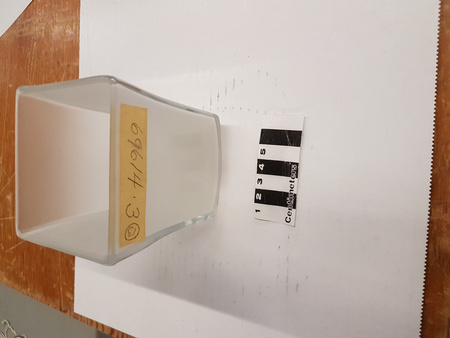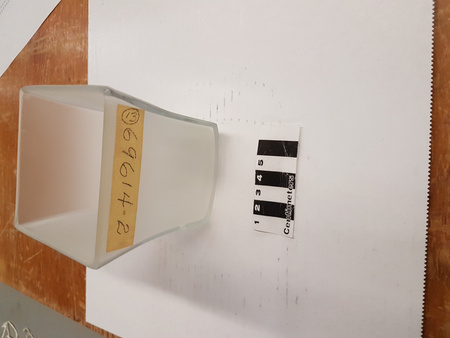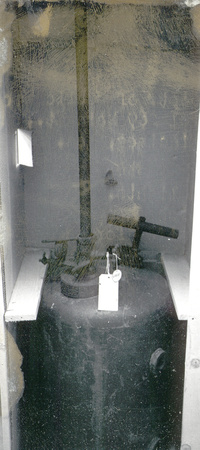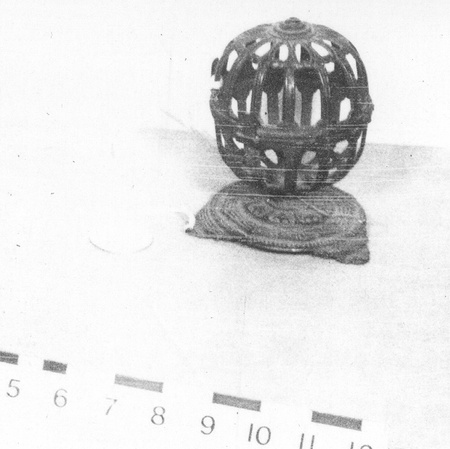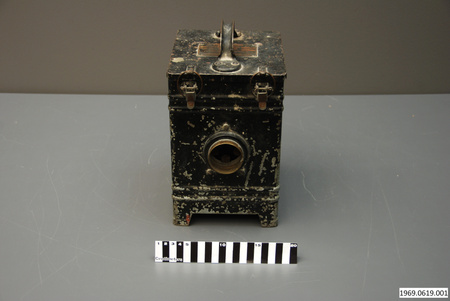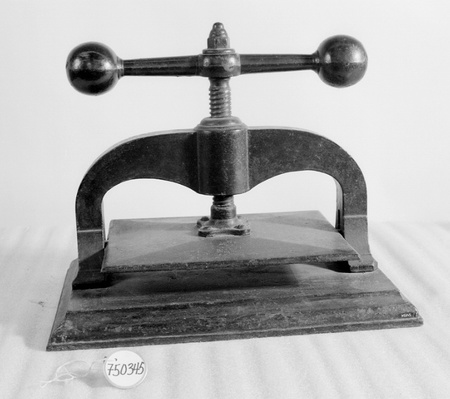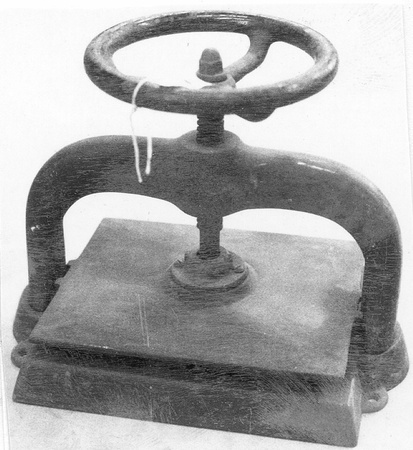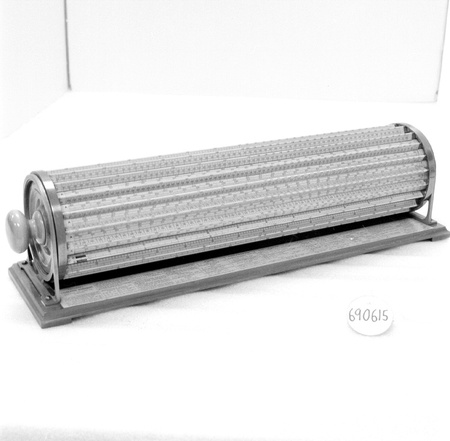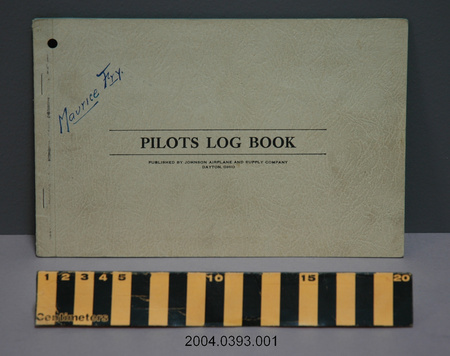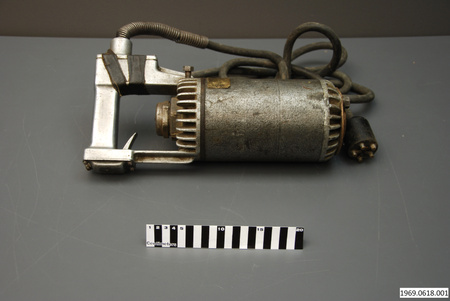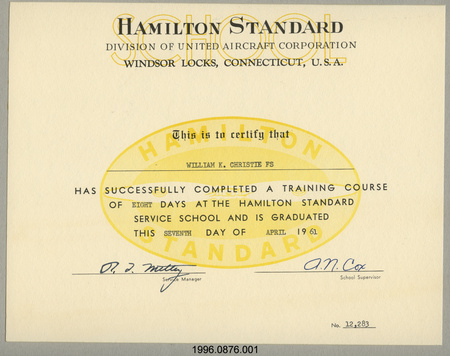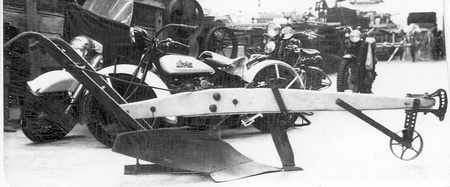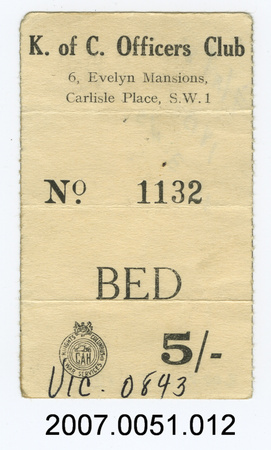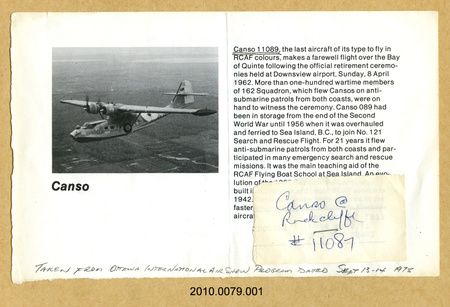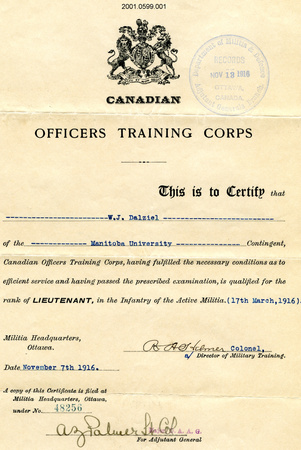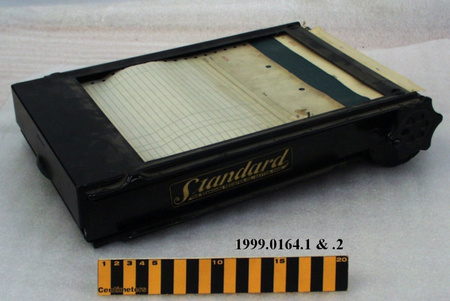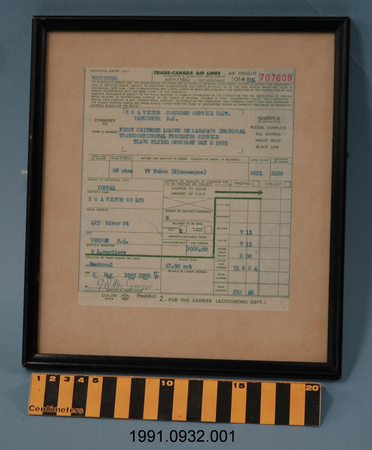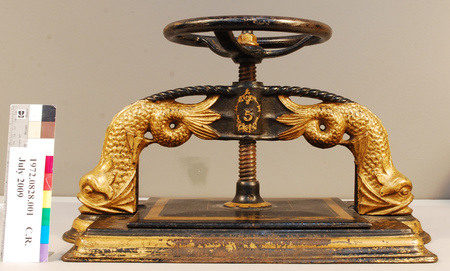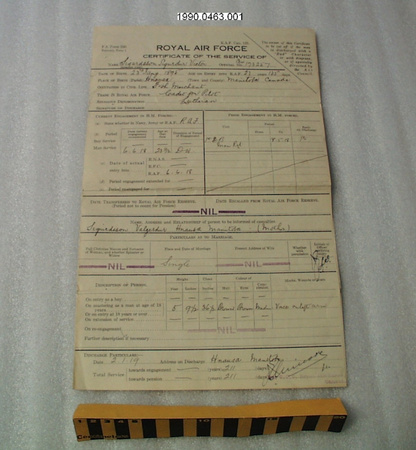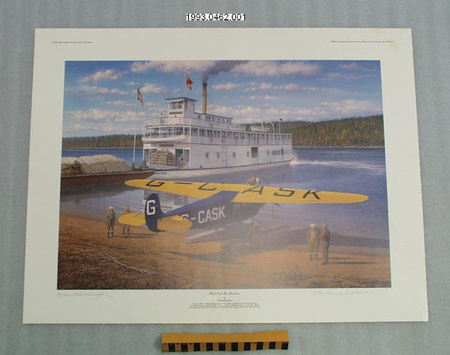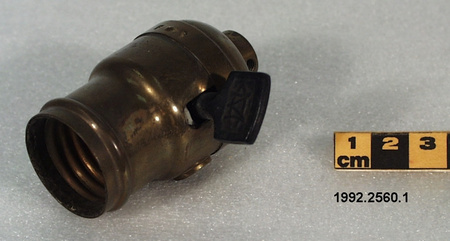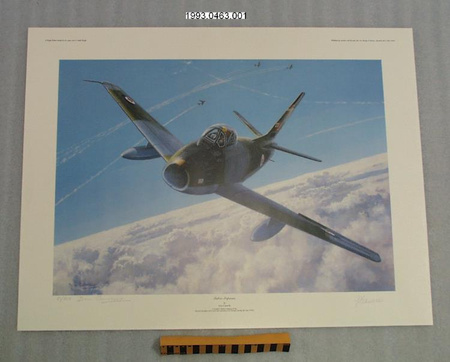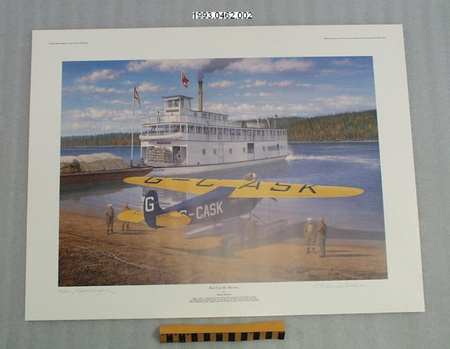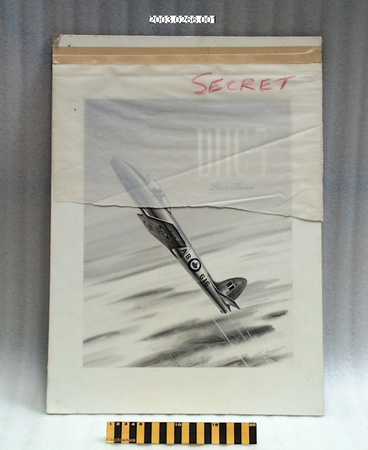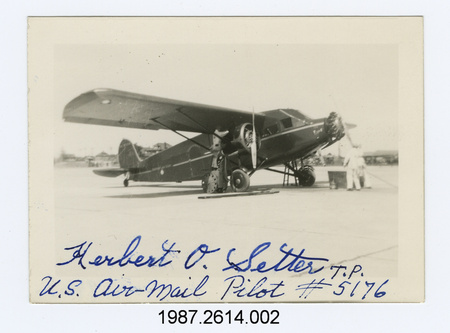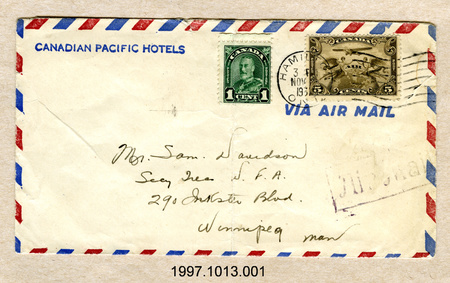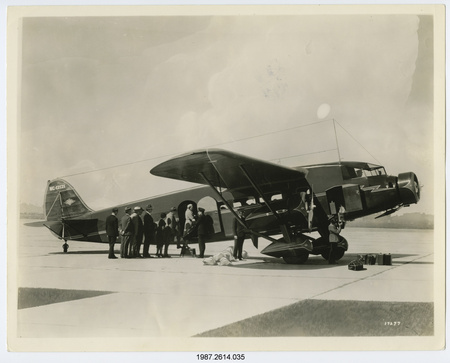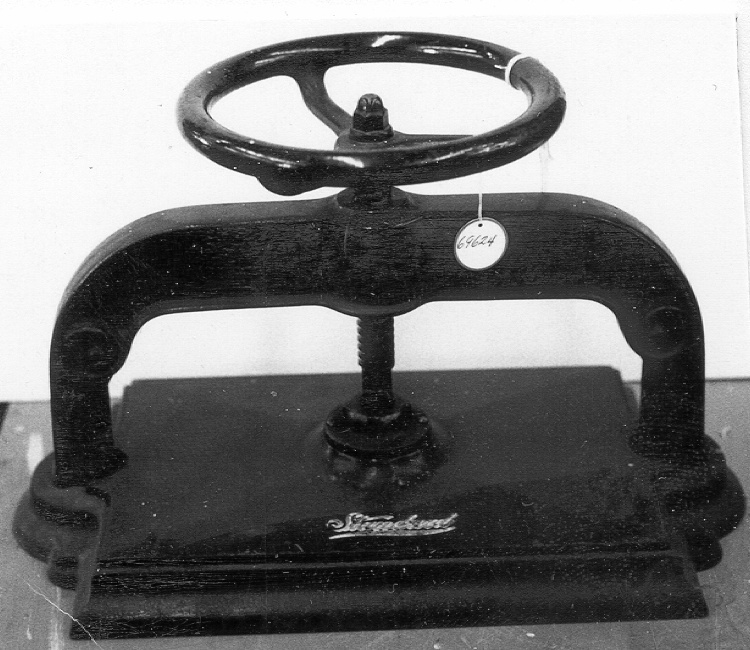Presse à copier
Utiliser cette image
Puis-je réutiliser cette image sans autorisation? Oui
Les images sur le portail de la collection d’Ingenium ont la licence Creative Commons suivante :
Copyright Ingenium / CC BY-NC-ND (Attribution-NonCommercial 4.0 International (CC BY-NC 4.0)
ATTRIBUER CETTE IMAGE
Ingenium,
1969.0624.001
Permalien:
Ingenium diffuse cette image sous le cadre de licence Creative Commons et encourage son téléchargement et sa réutilisation à des fins non commerciales. Veuillez mentionner Ingenium et citer le numéro de l’artefact.
TÉLÉCHARGER L’IMAGEACHETER CETTE IMAGE
Cette image peut être utilisée gratuitement pour des fins non commerciales.
Pour un usage commercial, veuillez consulter nos frais de reproduction et communiquer avec nous pour acheter l’image.
- TYPE D’OBJET
- SCREW/MANUAL
- DATE
- 1900–1910
- NUMÉRO DE L’ARTEFACT
- 1969.0624.001
- FABRICANT
- STANDARD
- MODÈLE
- 5
- EMPLACEMENT
- Canada
Plus d’information
Renseignements généraux
- Nº de série
- S/O
- Nº de partie
- 1
- Nombre total de parties
- 1
- Ou
- S/O
- Brevets
- S/O
- Description générale
- CAST IRON
Dimensions
Remarque : Cette information reflète la taille générale pour l’entreposage et ne représente pas nécessairement les véritables dimensions de l’objet.
- Longueur
- 53,0 cm
- Largeur
- 29,0 cm
- Hauteur
- 36,0 cm
- Épaisseur
- S/O
- Poids
- S/O
- Diamètre
- S/O
- Volume
- S/O
Lexique
- Groupe
- Imprimerie
- Catégorie
- Duplication
- Sous-catégorie
- S/O
Fabricant
- Ou
- STANDARD
- Pays
- Canada
- État/province
- Inconnu
- Ville
- Inconnu
Contexte
- Pays
- Canada
- État/province
- Manitoba
- Période
- USED IN THE EARLI 1900'S
- Canada
-
Used in the early 1900's at St. Andrew's lock and dam, Lockport, Manitoba. - Fonction
-
To copy a handwritten document by applying pressure to a sheet of tissue paper placed over the ink original. - Technique
-
Patented by James Watt in 1780, copy presses were once a common tool in offices, providing the simplest means of making copies of hand written documents. To copy a letter, a damp sheet of "onion skin" copy paper was placed over the freshly written page and then both were placed in the press. When squeezed together the thin, absorbent copy paper would pick up some of the ink from the letter. This reverse image of the text could be read correctly by viewing it through the back of the nearly transparent sheet. In the twentieth century copy presses were superceded by the use of carbon paper with typewriters and, later, by photographic copying methods. - Notes sur la région
-
Inconnu
Détails
- Marques
- WORN & FADED WHITE & RED DECAL READS: `Standard'/ GOLDEN DECAL ON ONE SIDE OF HUB: `5'
- Manque
- S/O
- Fini
- BLACK
- Décoration
- S/O
FAIRE RÉFÉRENCE À CET OBJET
Si vous souhaitez publier de l’information sur cet objet de collection, veuillez indiquer ce qui suit :
STANDARD, Presse à copier, vers 1900–1910, Numéro de l'artefact 1969.0624, Ingenium - Musées des sciences et de l'innovation du Canada, http://collection.ingenium.ca/fr/id/1969.0624.001/
RÉTROACTION
Envoyer une question ou un commentaire sur cet artefact.
Plus comme ceci
